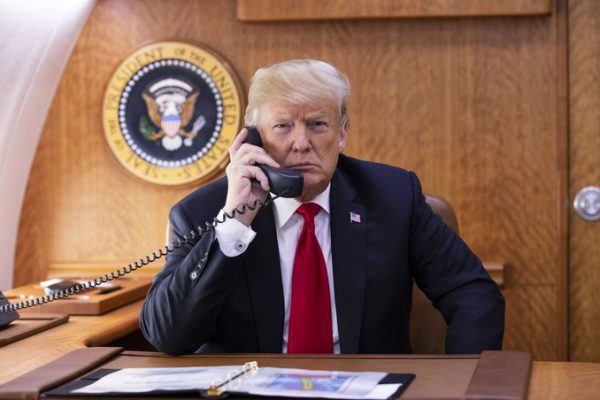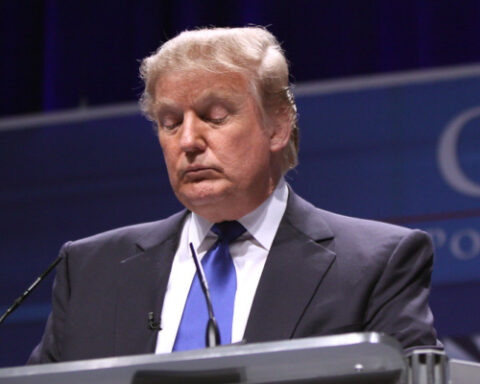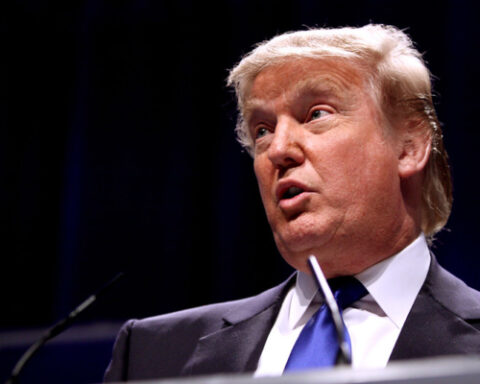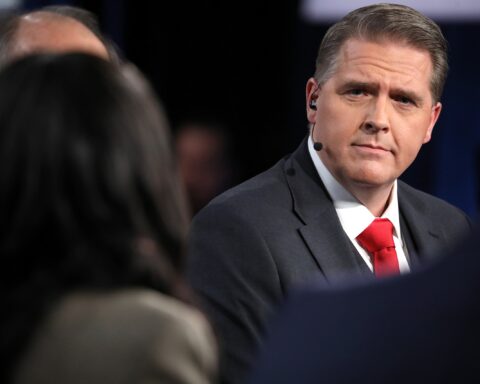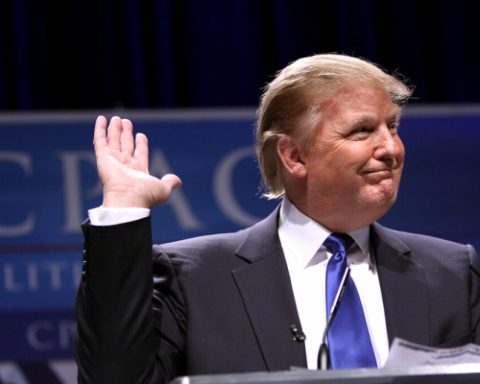In a clear signal to both allies and adversaries, Donald Trump’s new tariff pledges indicate that he is serious about renewing the confrontation over a global trading system that he believes costs the U.S. dearly.
Trump reportedly intends to rewrite the terms of North America’s free-trade pact and follow through with plans to hit China with tariffs.
Donald Trump announced on Monday that he would impose a 25% tariff on all imports of products from Mexico and Canada on his Truth Social social-media platform.
He accused both countries of facilitating illegal immigration and fentanyl abuse in the United States.
He also pledged to impose an additional 10% tariff on Chinese imports, citing China’s failure to regulate the compounds that are used in the production of fentanyl.
After the initial phase of the trade war, which commenced in 2018, during Trump’s first term in office, numerous Chinese products are already subject to an average levied of approximately 15%.
In Asian trading on Tuesday, the Mexican peso experienced a 1.4% decline against the dollar, while the Canadian dollar experienced a 1% decline.
In offshore trading, the Chinese yuan experienced a 0.3% decline against the US dollar.
In 2018, Mexico responded to tariffs on its steel exports by imposing matching tariffs on U.S. steel and slapping duties on other products, including pork, cheeses, apples, and Bourbon, as Mexican President Claudia Sheinbaum stated.
Sheinbaum also stated that Mexico would retaliate if Trump introduced tariffs. Ultimately, the two nations struck an agreement to eliminate those tariffs.
Whether the threats are a negotiating tactic to extract concessions from U.S. trading partners on trade and other policy priorities, or the beginning of a sustained campaign to reshape the American economy and global trade, is the primary question.
In any case, foreign leaders, business executives, and economists are anticipating additional disruptions to the global economy, which has recently recovered from a tumultuous period marked by high inflation, rapidly increasing interest rates, and persistent trade disputes.
In response to Trump’s tariff threat, China’s Foreign Ministry issued a conciliation statement.
The ministry expressed its willingness to maintain its partnership with the United States in the field of counternarcotics and commended the recent collaborative endeavors of both nations in a statement posted on its website.
Trump has previously issued tariff threats as a form of intimidation toward Mexico.
Trump threatened Mexico with 25% tariffs during his inaugural term in office if it failed to prevent thousands of migrants from crossing the southern frontier into the United States.
Thousands of Mexican National Guard members were deployed by the then-President Andrés Manuel López Obrador to control migrants en route to the United States. The tariff threat was withdrawn.
Tariffs could be avoided if Mexico is able to restrict migration and fentanyl trafficking, as well as discourage Chinese firms from shipping products to the U.S. through Mexico, which is another objective of Trump’s policy.
[READ MORE: Newsom Vows to Move to Offer State Tax Cuts If Trump Decides to Scrap Federal Electric Vehicle Tax Credit]

